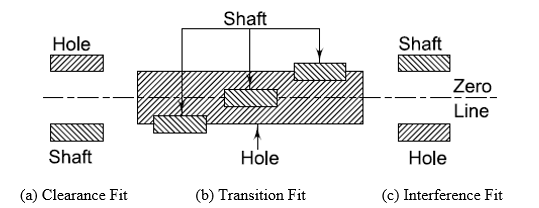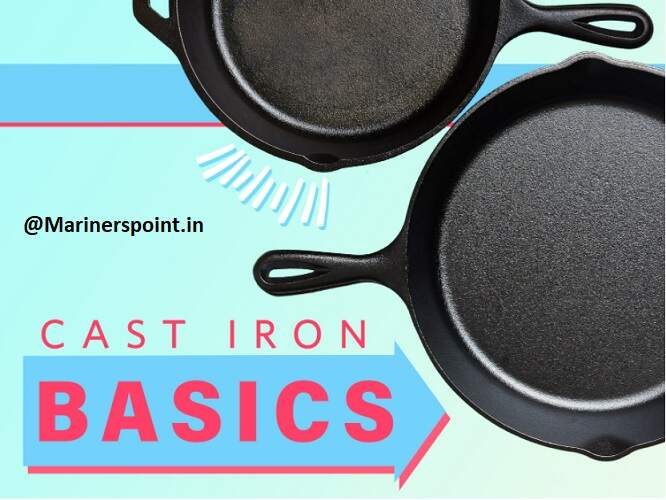HULL PROTECTION SYSTEM
Corrosion is one of the ship’s biggest enemies and its equipment.
Avoiding corrosion of a ship hull often needs cathodic forms of protection, which use various methods, such as sacrificial anodes or impressed currents.
CATHODIC PROTECTION
One of the most efficient methods for stopping most types of corrosion on the metal surface is the cathodic protection technique.
Metals used ferrous metal in particular, corrode in the presence of oxygen, water and other impurities such as sulphur. Metal acts as anodes without cathodic production and readily loses its electrons, oxidizing and corroding metals.
Cathodic protection simply provides the metal with an external source of electron, making it a cathode
Oxidation :-loss of electron
reduction :-gain of electron
Anode :- where Oxidation reaction takes place.
Cathode :- where reduction reaction takes place.
TYPES OF CATHODIC PROTECTION
GALVANIC CATHODIC PROTECTION
Galvanic cathodic protection incorporates protecting a piece of equipment’s metal surface by using another more reactive metal.
The latter metal, called Galvanic or sacrificial anode, has a less negative electrochemical potential compressed to the protected metal component.
Consequently, the sacrificial anode is oxidized rather than the operating equipment.
It is noted that in the electrochemical series or Galvanic metal series, the sacrificial anode that protects the parent material should be higher.
Iccp
In this technique, between an inert anode and the structure to be protected, we accomplish a direct current. Since electrons flow into the body, it is shielded from becoming the source of electrons (anode). The impressed current cathodic protection scheme generally offers much longer lifetime electrodes than a sacrificial anode.
Construction :-
In this system,there is a rectifier which converters A.C power source to D.C, that is adequately configured to provide the required protection.
The impress current cathodic protection system comprises of a
1.source of direct current,
2. anodes,
3. current measuring and controlling devices and
4. a high-quality inert protective layer around the region of the hull closest to the anode.
Continuous monitoring of the impressed current needed for appropriate protection depends on the immersed area, depth, vessel speed, water salinity and hull paint condition.
Working :-
Using an external DC source of power (also called rectifier), electrons are provided to the cathodic system in iccp. Using the hull mounted anodes arrangement and the reference cell connected to the control panel, the system produces more strong external current to suppress electrochemical activity on the wet surface of the hull.
How sacrificial ande work ?
Sacrificial anodes operate on an electrolysis-like principle that, if an anode and a metal strip are dipped into an electrolytic solution, anode electron dissolves and deposits over the metal strip and makes it a cathode.
In the case of a ship,Seawater operates as an electrolyte and transfers the electrons from the anode by oxidizing it over the steel plate and making it a protective layer. If the metal is more active it will be readily oxidized and by having it behave as a cathode it will safeguard the metallic compound. The anode will corrode for the other compound first and is thus called the sacrificial anode.
When anode of protection system change
The frequency of anodes change varies on where the anodes were used.
If the anodes are connected to the hull of the ship, they must be inspected at the dry dock after 2 to 3 years. If the anodes are discovered to be completely corroded, then larger anodes should be equipped because fully corroded implies that the material used was of bad quality or a big quantity of material is needed to safeguard the hull.
If sacrificial anodes are used for heat exchangers and it is found that the left anode is only 10%, it must also be changed.
How to decide whether the anodes work properly or not?
If the anode situation is the same as it was mounted, it shows that the sacrificial anodes are worthless during the inspection of heat exchangers or sea chest.
The primary reason for this is that the parent materials do not have electrical continuity. Because of this, instead of the anodes, parent metal begins to get corroded. Therefore, during installation, it is essential to verify the electrical continuity.





Very good information regarding cathodic protection of a ship